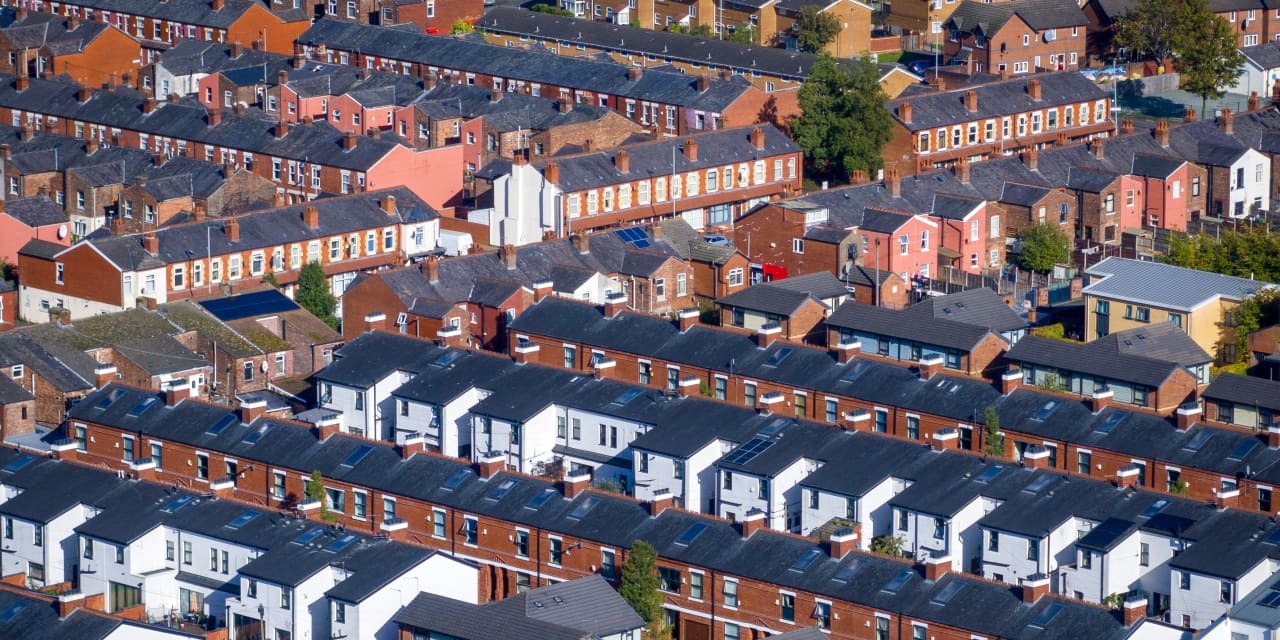Think New York is expensive? Try…Frankfurt or Munich?
UBS
recently published the 2023 edition of its Global Real Estate Bubble Index. Two usual Asian suspects, Tokyo and Hong Kong, came near the top of the charts. The real surprise was how frothy Europe is looking.
The index ranked just two U.S. metros as overvalued: Miami and Los Angeles. That compares with eight in Europe, led by Zurich with a score of 1.71, Munich at 1.35, and Frankfurt at 1.27. The Big
Apple
looks like a relative bargain at 0.47, and San Francisco a steal at 0.27.
These figures come with a big asterisk, says Matthias Holzhey, the UBS report’s lead author. Each city is compared with its own price history, so U.S. locations look better relative to the excesses of 2006. But the Bubble Index also considers apples-to-apples metrics like price-to-rent and price-to-average-income ratios.
However you slice it, the outlook for European, particularly German, real estate is rotten.
U.S. housing prices have been frozen in place, more or less, by the unique prevalence of 30-year fixed-rate mortgages. Europe is on a patchwork of shorter-term if not outright adjustable-rate mortgages.
That will force an increasing number of owners to sell, says Pablo Espinosa Uriel, an investment strategist who studies housing markets at German financial giant
Allianz.
“There is growing consensus that the fall in prices will come mainly in 2024,” he says.
The European Central Bank has hiked its prime rate from 0% to 4.5% over the past 15 months. The Bank of England zoomed from zero in late 2021 to 5.25% now.
The United Kingdom has the second-highest proportion of adjustable-rate mortgages in Europe—more than 40%, according to the World Economic Forum. (The leader is Spain, where prices never fully recovered from earlier crashes.) “People’s mortgage payments could double when they reset,” says David Aikman, a finance professor at King’s Business School in London. “It’s hard to see how it all adds up.”
U.K. housing prices have already fallen 25% in real terms since 2015, though, Holzhey says, partly on Brexit-related anxiety.
Germany remained in a state of irrational exuberance until ECB rate hikes began to bite. It entered 2023 leading Europe in several undesirable categories, according to Allianz: Price-to-rent ratios soared to 1.6, compared with 1.35 in No. 2 France. Some 15% of German households spent more than 40% of disposable income on housing, double the proportion of runners-up Spain and Italy.
Stretched valuations in Zurich and Geneva are less immediately threatening as the
Swiss National Bank
has held interest rates to 1.75%.
German housing prices are already off 14% from a peak in March 2022, Allianz calculates.
The rest of Europe is following, with a 5% to 10% drop projected by the end of 2024. That still won’t be enough to bring buyers out at current interest rates, Allianz figures. Prices on average will have to fall more like 15% to match the purchasing power potential buyers have lost to tighter money and inflation.
Higher interest rates are naturally choking the supply of new housing, too. Construction permits in Germany fell by a quarter in the first half of 2023 compared with the prior year.
The bright side is that the current European housing correction sets the stage for a sharp rebound if and when interest rates fall again, Holzhey predicts. “The moment central banks start to cut, you will see a jump in prices,” he says.
Meanwhile, maybe take a look at San Francisco.
Read the full article here













Leave a Reply